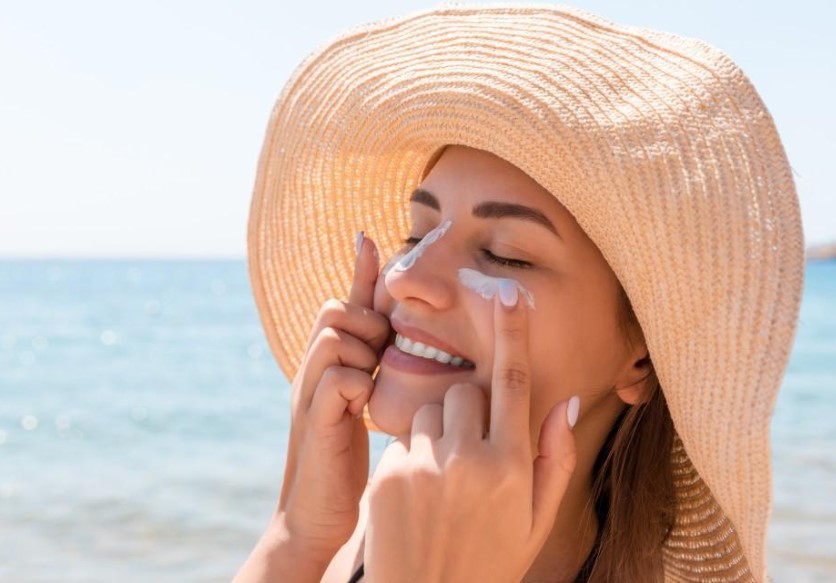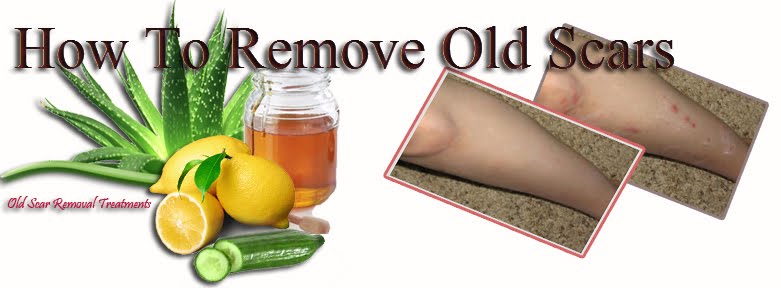Our body is in constant interaction with microbes around us. The association is such that the human microbiota even makes up a part of our weight. The mere presence of these tiny organisms reduces the number of potential pathogenic attacks.
Things You Need To Know About a Yeast Infection
But a lot of them are also opportunistic. This means that when our immunity is compromised in some way, the microorganisms may become capable of causing yeast infection.

The genitalia is no exception. The healthy female vagina is associated a number of bacteria and fungi in specific proportions. When this balance is disturbed, the fungi have a growth advantage. This overgrowth is what is referred to as vaginal infection. The fungus responsible for a majority of these cases is the yeast, Candida albicans. The medical term for the disease is thus vaginal candidiasis.
1. Are you at risk?
Vaginal candidiasis is a very common problem and is faced by most women at least once in their lifetime. There are a number of established causes/ risk factors for this infection.
- The use of antibiotics
- The use of birth control pills or other hormonal therapies
- Having conditions like diabetes
- Obesity
- An impaired immune system
- Tight fitting and non-absorbent pants
Most of the aforementioned factors work to change the vaginal environment. Fungi thrive in acidic conditions. A regular menstrual cycle keeps a check on the vaginal pH. It is slightly raised by the period blood keeping the growth of fungi under control. But, a treatment that alters menstrual hormone functions or directly affects the niche, favors fungal growth. For instance, antibiotics work specifically against bacteria. So their number is decreased and the yeasts flourish. Diabetes further brings in sugar-rich blood to yeast-friendly areas thus aiding their build-up.
It is essential to know that this infection cannot be transmitted sexually and is not classified as an STD. However, sexually active people may be at a higher risk because of the other things involved.
Prevention
Prevention is always better than cure. Avoid unnecessary use of antibiotics and keep ailments like diabetes under control. Switch to cotton underpants which are better absorbent. They keep sweat from nourishing the notorious microbes. Be careful when you use feminine hygiene products. It is also important to change sanitary napkins or tampons more often.
2. Do you have an infection?
Symptoms of vaginal candidiasis include
- Itchy nethermost regions
- Abnormal vaginal discharge accompanied by foul odor
- Burning sensation during urination
- Discomfort during sexual intercourse
3. Can it be treated at home?
The infection is usually confirmed in the pathology lab by culturing/observing the discharge sample. However, you need not seek immediate medical care unless you are pregnant, have been exposed to an STD, or have never previously been diagnosed with a yeast infection. A trained medical professional might also be able to help you better with a recurrent infection.
Anti-fungal drugs are the most employed yeast infection medication. This can be in the form of a cream or a pill. When you buy them without a prescription, make sure you follow the instructions on the package very carefully. Rinse the area only with water. Avoid sexual intercourse if painful, or try using lubricants. Do not scratch to relieve itching.








